Best restaurant inventory software
Any establishment that serves food and drink can benefit from restaurant inventory software. These tools are essential for helping restaurant owners streamline food orders, reduce waste, and create a more cost-efficient menu.
However, there’s no shortage of inventory tools on the market. Here are the top restaurant inventory software solutions that eateries are using today.
1. Upserve
Upserve is a leading POS system that many restaurants use to organize patrons, seating, and finances.
Upserve Inventory is part of its suite of management tools. Managers can use this tool to access automated tracking and reporting on ingredients, as well as detailed food cost calculations. Another benefit of Upserve Inventory is that it offers insight into top-performing menu items, making it easier to streamline menu offerings and plan new dishes strategically.
2. MarketMan
MarketMan helps restaurant owners assess their inventory from the cloud. This makes it easy to see when it’s time to place food orders, preventing ingredient shortages and helping keep sales high.
MarketMan also has features like waste and theft tracking, which help restaurant owners keep tabs on efficiency. Whether you want to boost profitability or see the real-time value of goods, MarketMan is a top choice for restaurant inventory software.
3. Toast
Toast is another leading point of sale (POS) system that helps managers and servers stay organized and efficient. The inventory reporting offers detailed data, including inventory value, menu profitability, over-portioning tracking, and food cost percentage analysis.
Another great benefit of Toast is that it has a special display system for the kitchen, streamlining food prep reporting, color coding, and full order integration. Toast’s inventory tools work hand in hand with its other POS system functions, including payroll management and online ordering and delivery.
4. MarginEdge
Founded by restaurateurs, MarginEdge can help you manage your entire establishment. One of MarginEdge’s core features is inventory standardization across multiple restaurant locations.
For managers with several restaurants, MarginEdge makes it easy to standardize product names, count units, and coding. This helps streamline operations across all fronts.
MarginEdge is designed to work well with accounting, so managers can easily view inventory reports each month and assess growth or decline before approving and sending reports to accounting.
5. Oracle MICROS
Oracle MICROS makes one of the best-known POS systems in the industry. Its restaurant inventory software includes features like full recipe and product costing, real-time product usage, and waste and theft monitoring. Oracle MICROS also gives restaurant owners a full global overview of purchases by vendor, store, and item.
Another benefit of this tool is that it’s designed for employee adoption, meaning inventory tasks are simple to understand and complete. This supports greater insight into inventory for customer-facing and back of house staff.
6. xtraCHEF by Toast
xtraCHEF by Toast emphasizes usability, ensuring that anyone who buys or uses the software will be able to find value in it.
The benefits of xtraCHEF include saving time on accounting and manual inventory management and reducing waste throughout the establishment. The elimination of paper invoices helps chefs, managers, and suppliers keep better tabs on which ingredients are being used and when.
XtraCHEF also creates an order guide based on previous inventory and makes reordering easy.
7. Restaurant365
Restaurant365 is on a mission to help restaurant owners take control of their inventory and use it to their advantage. Since inventory is one area where many restaurants lose money, using Restaurant365 can help owners better understand these systems to save money and create more efficient ordering.
By automating inventory ordering with this tool, restaurants will get automatic updates on price changes and stock counts. Plus, Restaurant365 helps managers track and maintain consistent production across multiple locations.
8. Lavu
With Lavu, restaurant owners can manage relationships with their vendors using one secure, simple tool. The ability to create purchase orders for vendors and receive inventory updates automatically gives Lavu users more control over what they’re ordering and when.
This restaurant inventory software also offers detailed financial reporting. These reports include information about food cost control, price changes, profit margins, and best-selling menu items.
9. TouchBistro
With TouchBistro, restaurateurs can gain detailed insight into stock levels, the cost of each item, and the amount of waste the restaurant is experiencing. It also helps managers communicate with restaurant staff so they’re instantly aware of inventory levels and shortages.
TouchBistro has a user-friendly interface where chefs can input all details of a recipe, including how much of each product the recipe uses. This helps prevent menu item shortages to keep customers happy and coming back again and again.
Image by: Free-Photos


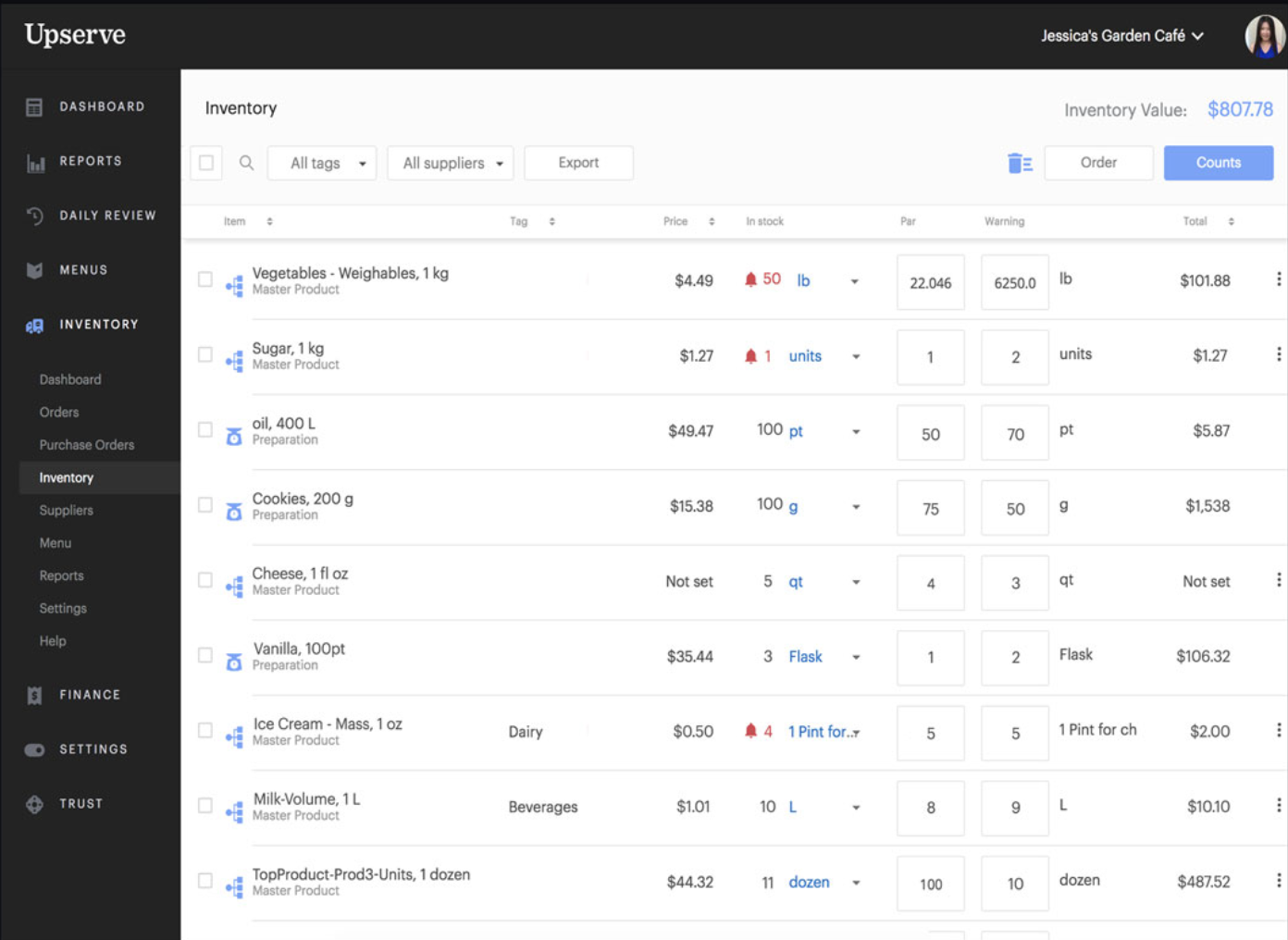
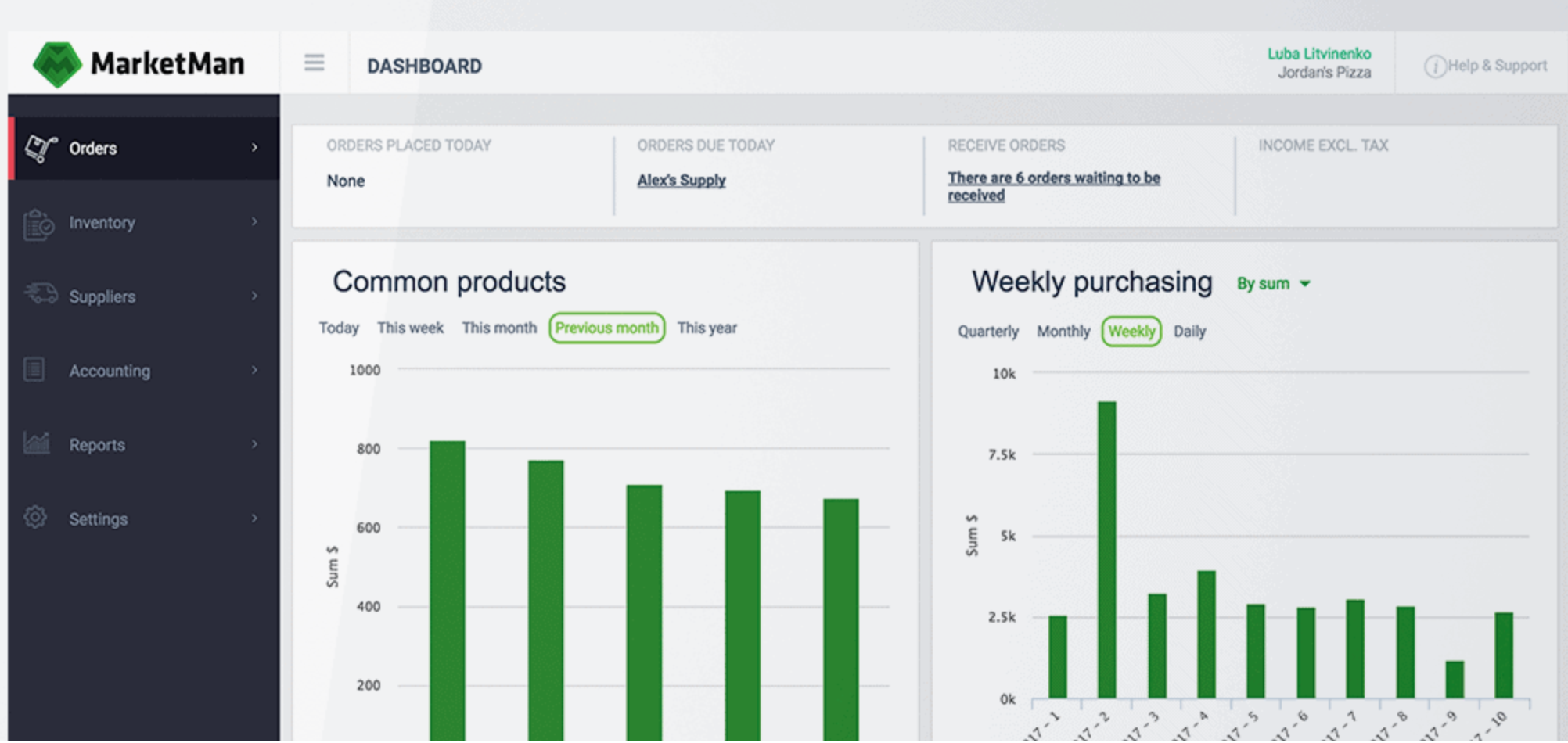
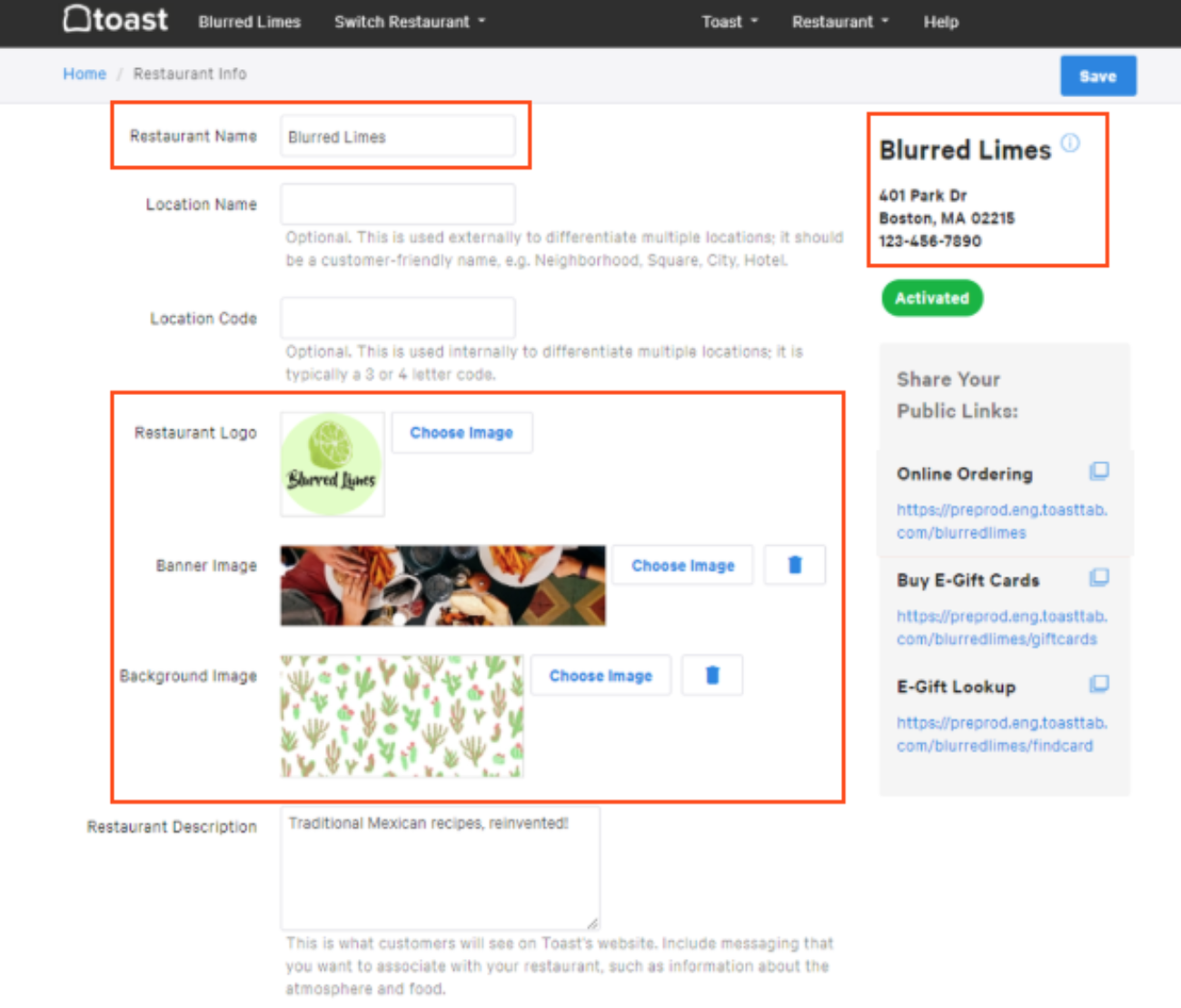
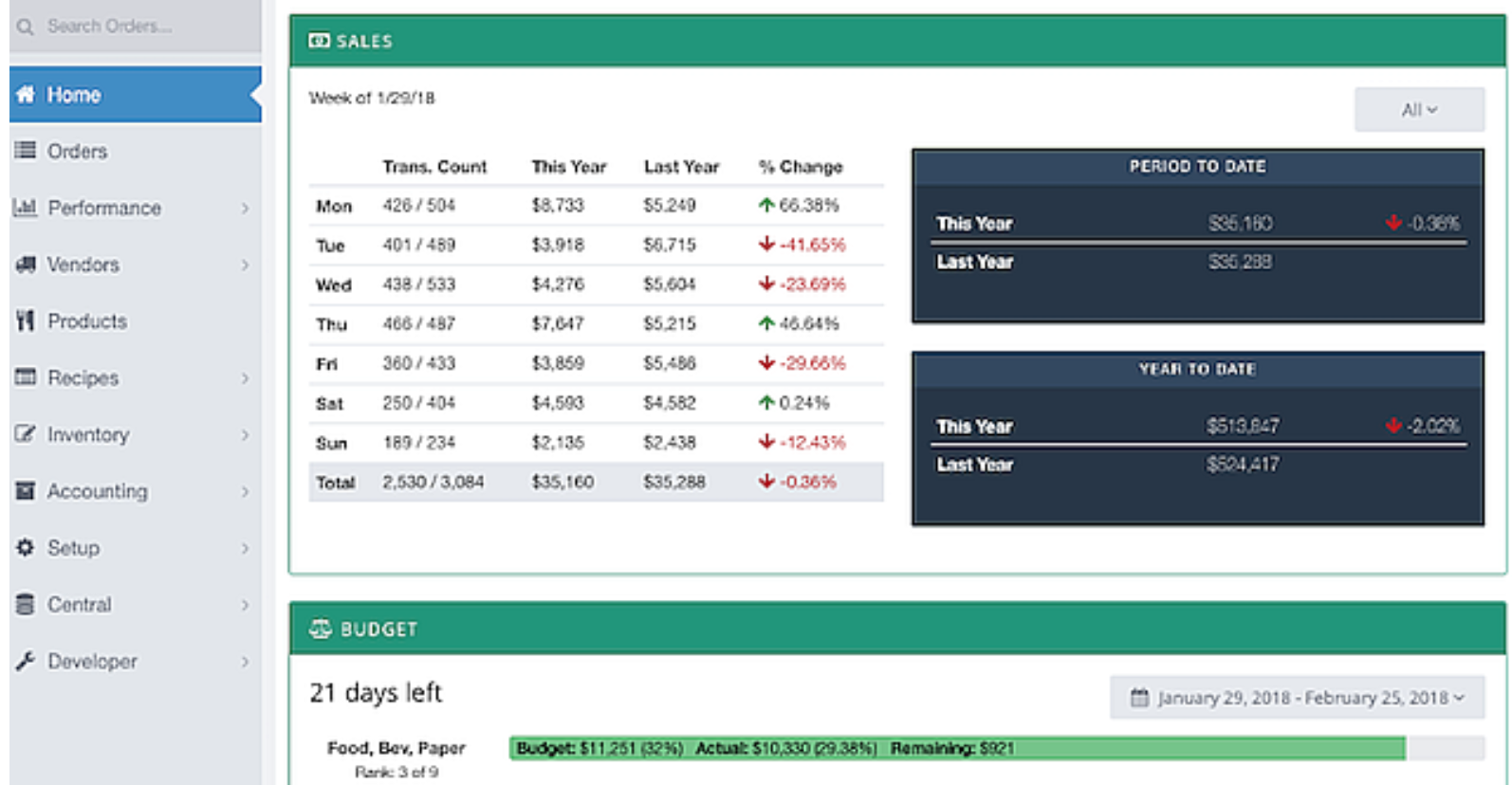
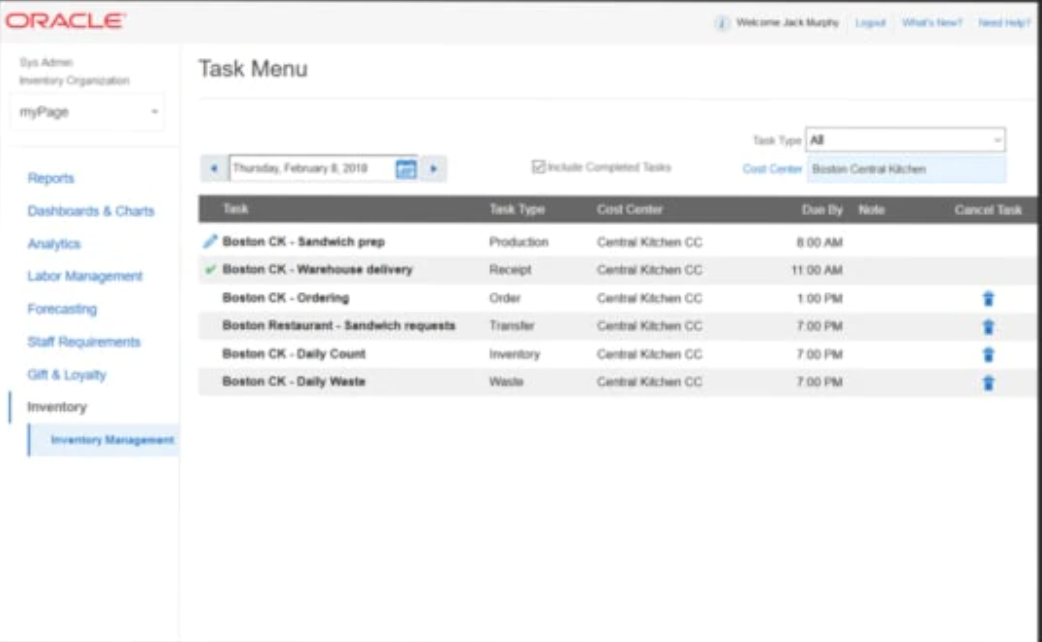
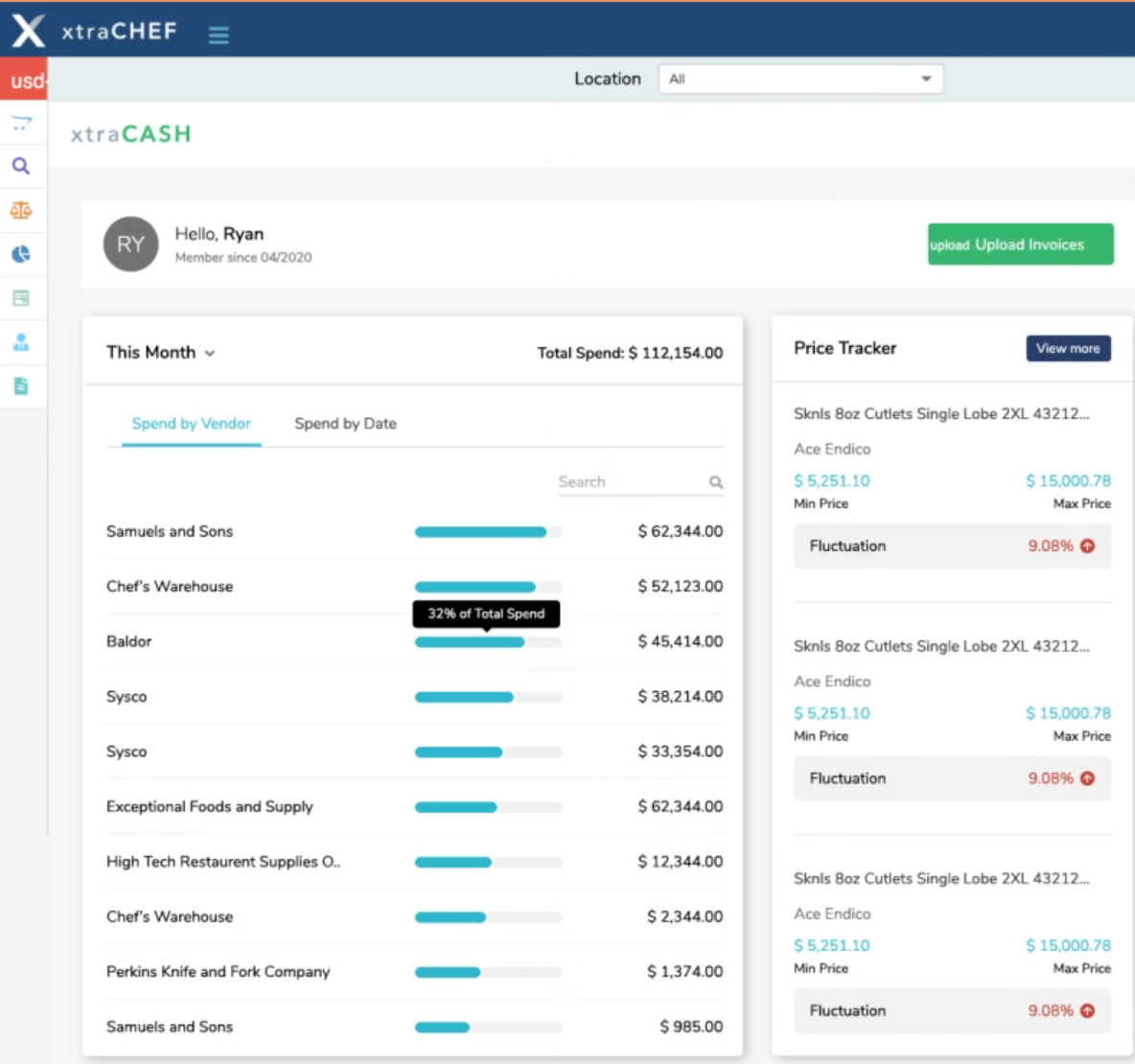
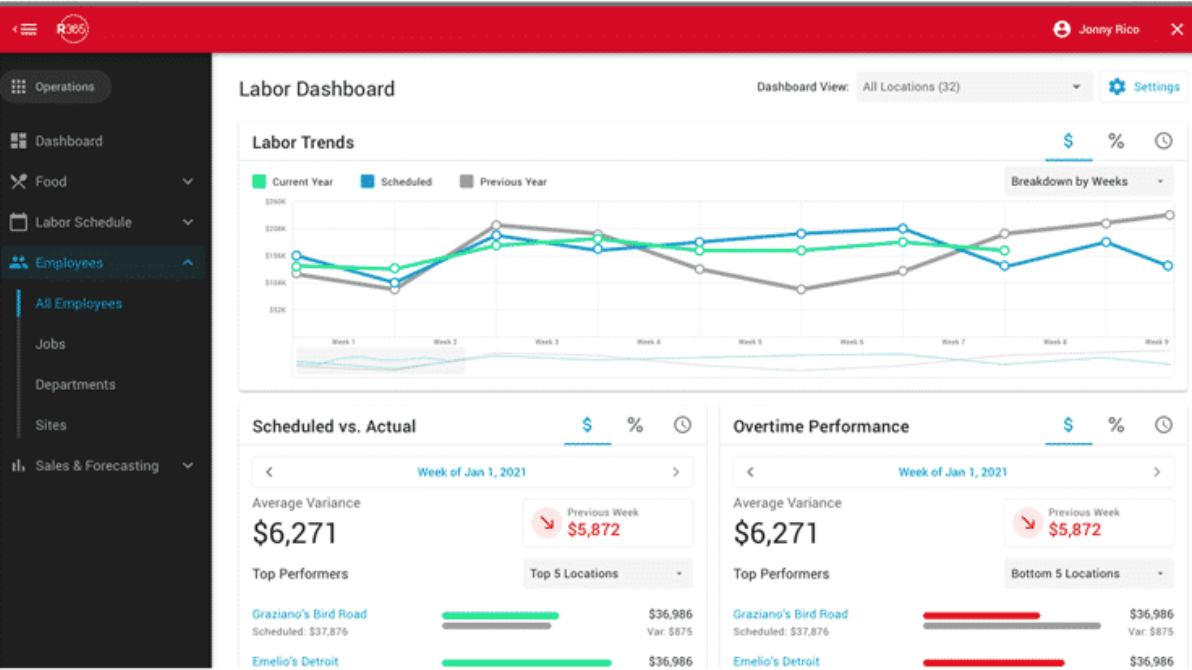
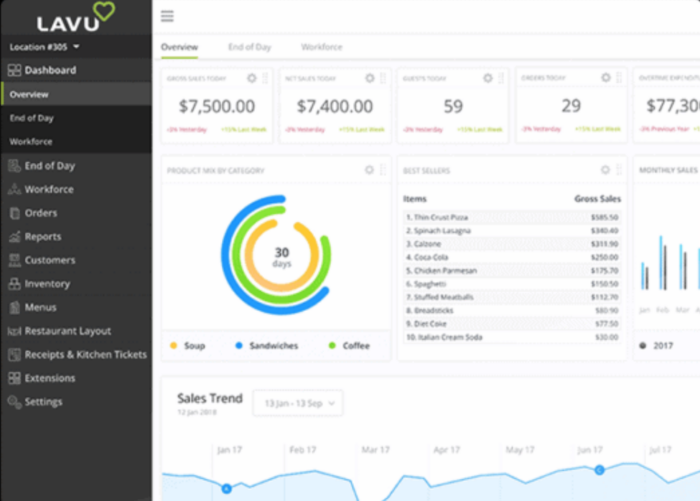
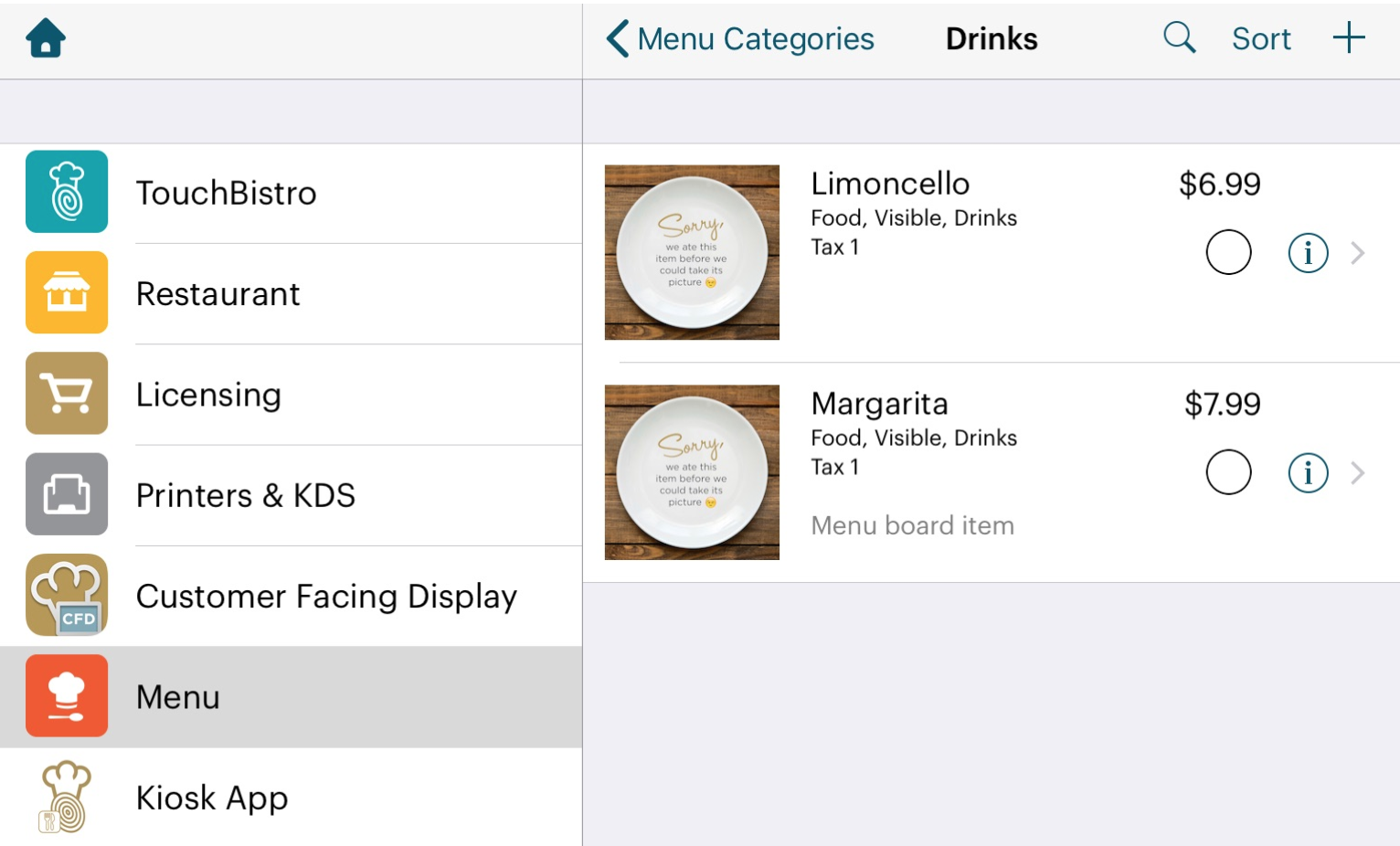


































Send Comment: